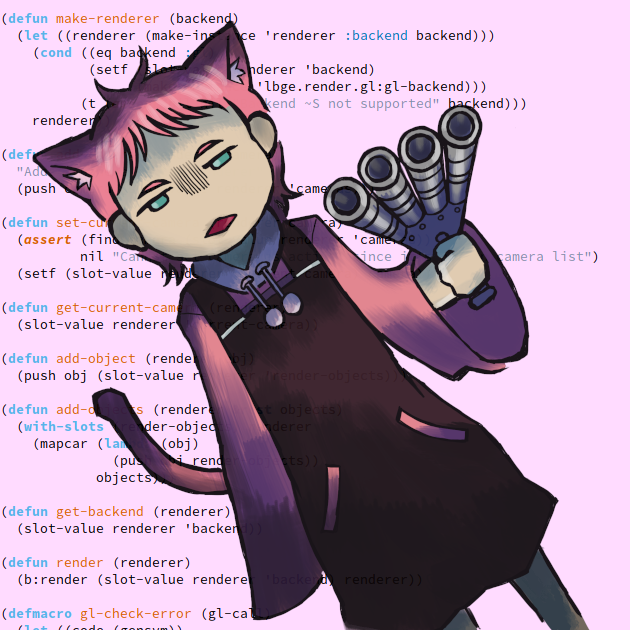Whole-known-network
<p><span class="h-card" translate="no"><a href="https://mastodon.social/@wingo" class="u-url mention">@<span>wingo</span></a></span> i don't think it's nonsensical. it's essentially propaganda for a cause. the cause may or may not be viable, of course, but we'll only find that out for sure in retrospect</p>
<p><span class="h-card" translate="no"><a href="https://mastodon.social/@film_girl" class="u-url mention">@<span>film_girl</span></a></span> YES. 18.1 beta is a touch better but on 18, I was charging by noon every day.</p>
<p>you can externalize some of the cost by reusing components made by apple / google / mozilla. all of the alternative "browsers" do this except ladybird afaiu. servo re-uses quite a number of things from firefox and that's fine and great. shitting on mozilla while arguing for servo or on google while using some chromium variant is nonsensical</p>
<p><span class="h-card" translate="no"><a href="https://libranet.de/profile/clacke" class="u-url mention">@<span>clacke</span></a></span> no game no life</p>
<p><span class="h-card" translate="no"><a href="https://mastodon.social/@gamingonlinux" class="u-url mention">@<span>gamingonlinux</span></a></span> IMHO software patents are illegal and they are to board and just describing a concept.</p><p>Think if we had patents for books, we would just have one crime investigating detective book.</p>
<p><span class="h-card" translate="no"><a href="https://mastodon.social/@whitequark" class="u-url mention">@<span>whitequark</span></a></span> ah, that's why they call it "heavy"</p>
<p><span class="h-card" translate="no"><a href="https://hachyderm.io/@fasterthanlime" class="u-url mention">@<span>fasterthanlime</span></a></span> I saw <a href="https://www.monicahq.com/" target="_blank" rel="nofollow noopener noreferrer" translate="no"><span class="invisible">https://www.</span><span class="">monicahq.com/</span><span class="invisible"></span></a> as a thing for that. Though I'm trying to start something like that in my notes app</p>
https://www.youtube.com/watch?v=cWVobD4NNmQ
Péndulo
<p>lukewarm take: funding a browser via voluntary individual donations will not work. browers are too expensive. (could they be cheaper? maybe, but there is a lot of essential complexity.)</p><p>browsers need a bigger funding structure. the only appropriate strategies that i know of are ads (all of them), product sales (apple could do this) and taxation. i would prefer the latter (i.e. the eu funds a browser), but barring that i do not fault companies using other strategies</p>
